Time Periods
Paleolithic
Mesolithic
Neolithic
Chalcolithic
Bronze Age
Iron Age
Classical Period
Post-Classical Period
Early Modern Period
Industrial Period
Contemporary Period
Time Periods
Paleolithic
Mesolithic
Neolithic
Chalcolithic
Bronze Age
Iron Age
Classical Period
Post-Classical Period
Early Modern Period
Industrial Period
Contemporary Period
Location
About
Leontopolis, or Ney-ta-hut, was an ancient Egyptian city located in the 13th nome of Lower Egypt. It is known for its unique Tell el-Yahudiyeh Ware pottery. The site features significant archaeological structures, including massive Middle Kingdom or Second Intermediate Period fortifications, which are thought to have served defensive purposes, potentially linked to the Hyksos. The city was later associated with a Jewish population and became notable for the temple established by Onias IV during the reign of Ptolemy VI Philometor. This temple, modeled after the Jerusalem temple, served as a center for Jewish worship for over three centuries before its destruction by Vespasian following the First Jewish–Roman War. The archaeological significance of Leontopolis lies in its multicultural influences, defensive architecture, and religious history.
Gallery
Explore photographs of ancient structures, artifacts, and archaeological excavations at Leontopolis (Heliopolis)

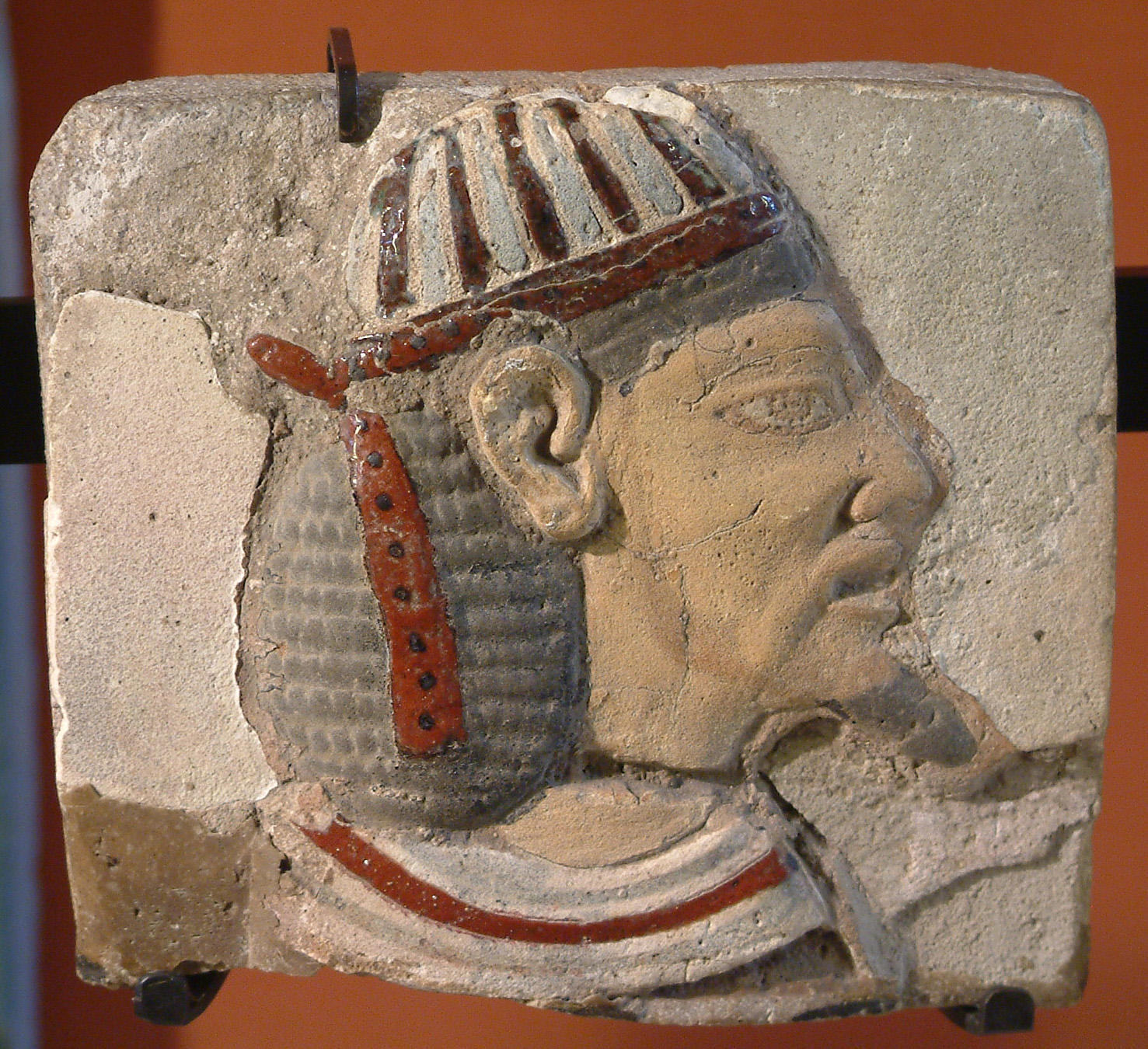
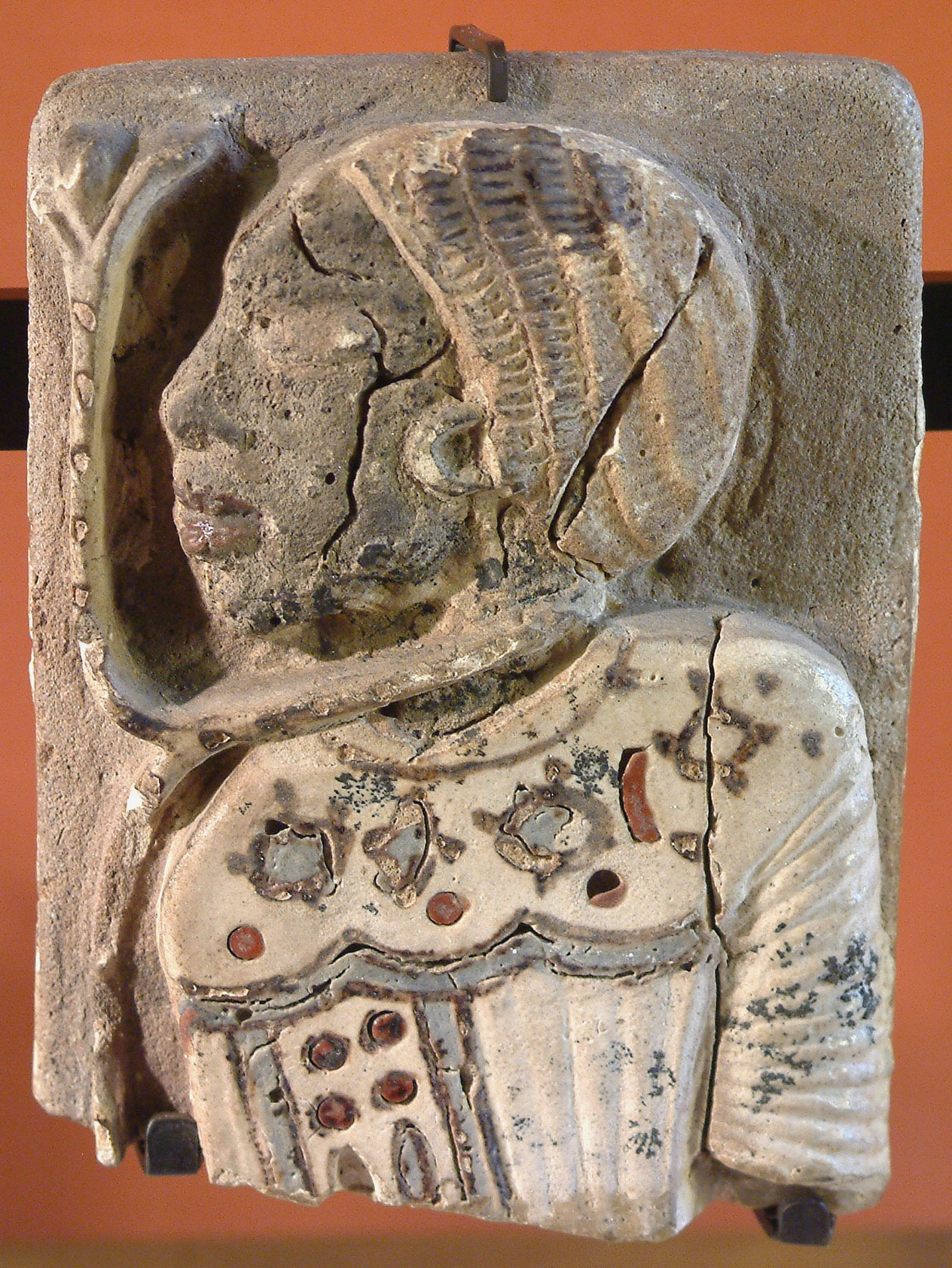
Archaeological Features
Explore the unique architectural and cultural elements found at this historical site
Defensive Structures
Burial and Funerary Structures
Religious and Ritual Structures
Domestic and Habitation Structures
Historical Timeline
Journey through time and discover key events in this site's archaeological history
Plan Your Visit
Details
- Country
- Egypt
- Source
- Wikipedia
More Sites in Egypt
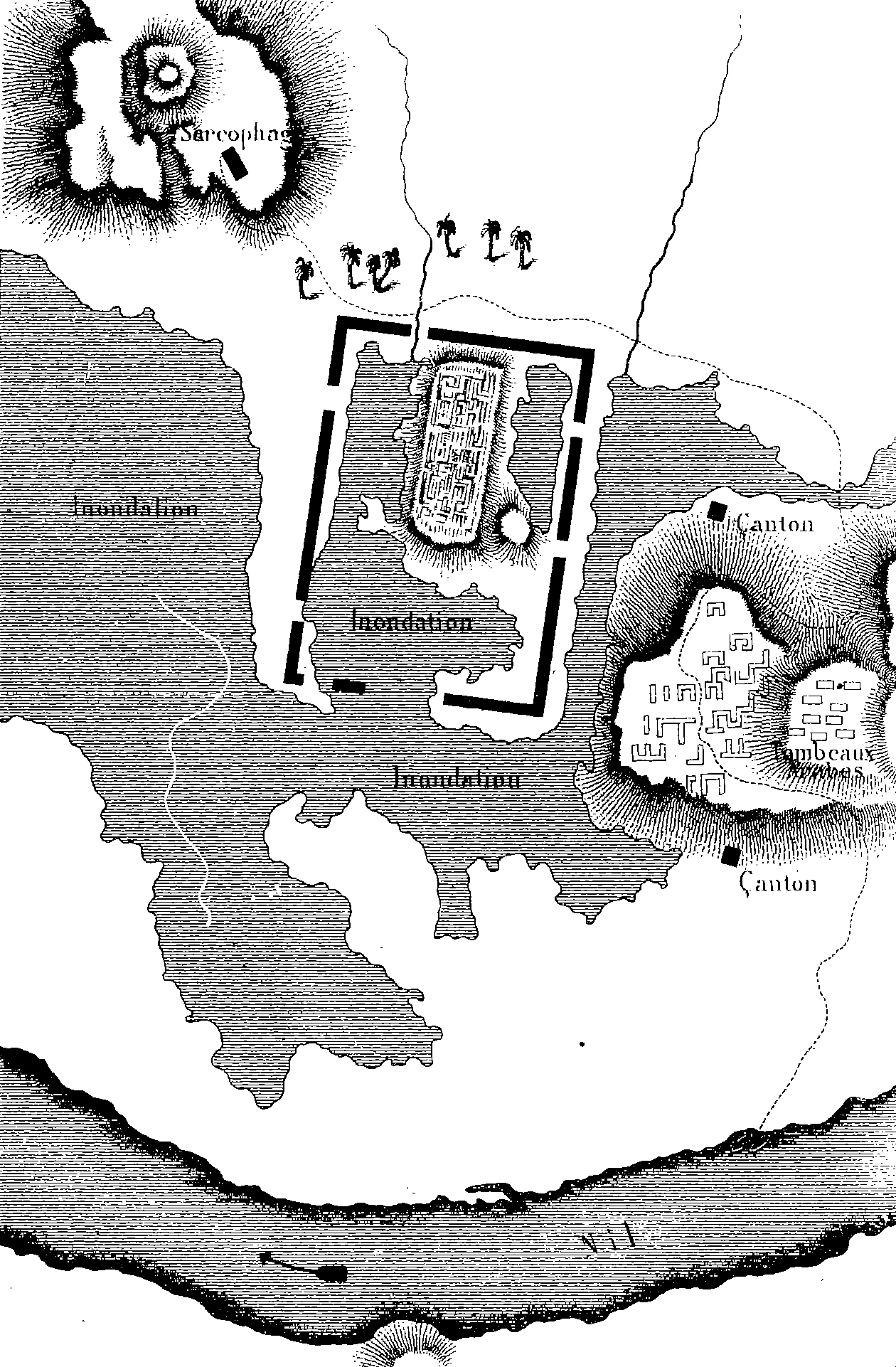
Sais, Egypt
Ancient Egyptian city with Neolithic origins

Elephantine
Island with temples and ancient papyri.
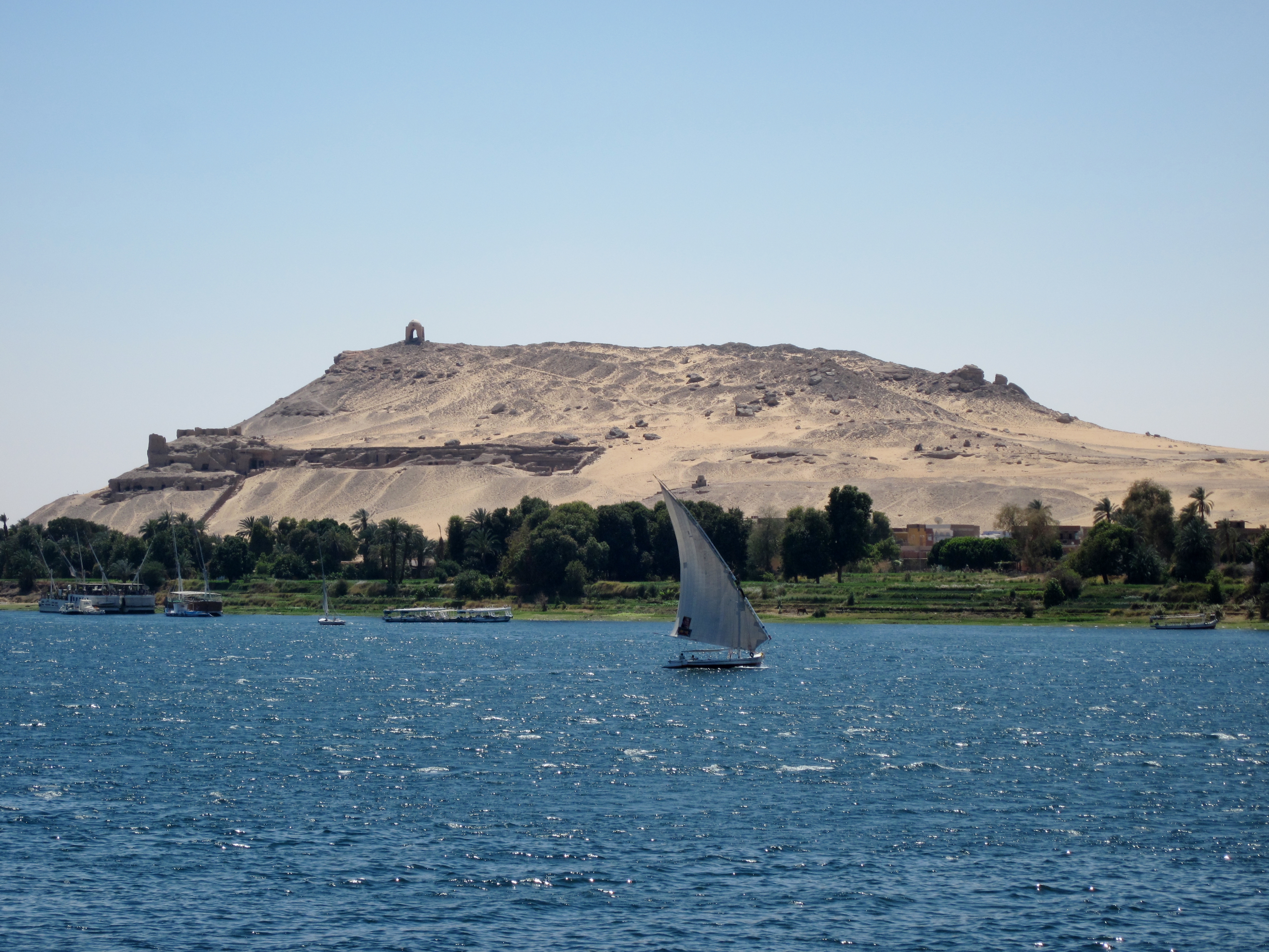
Qubbet el-Hawa
Ancient necropolis on Nile's west bank
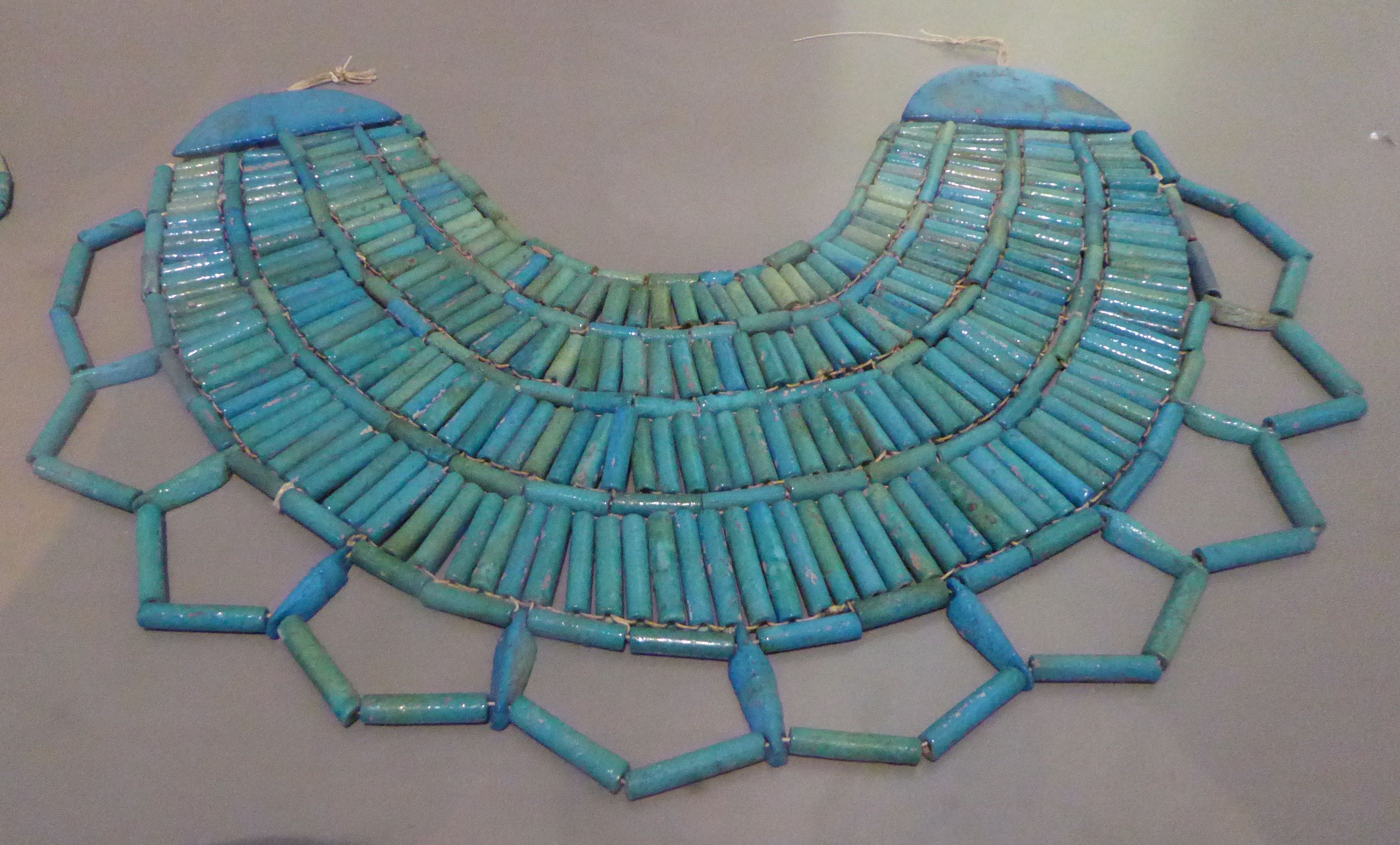
Sedment
Ancient village with cemeteries and Christian history.
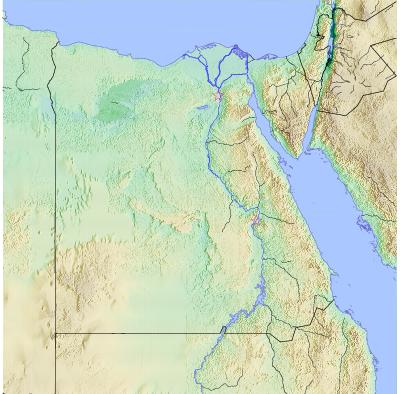
Elkab
Ancient Egyptian city with temples and tombs.
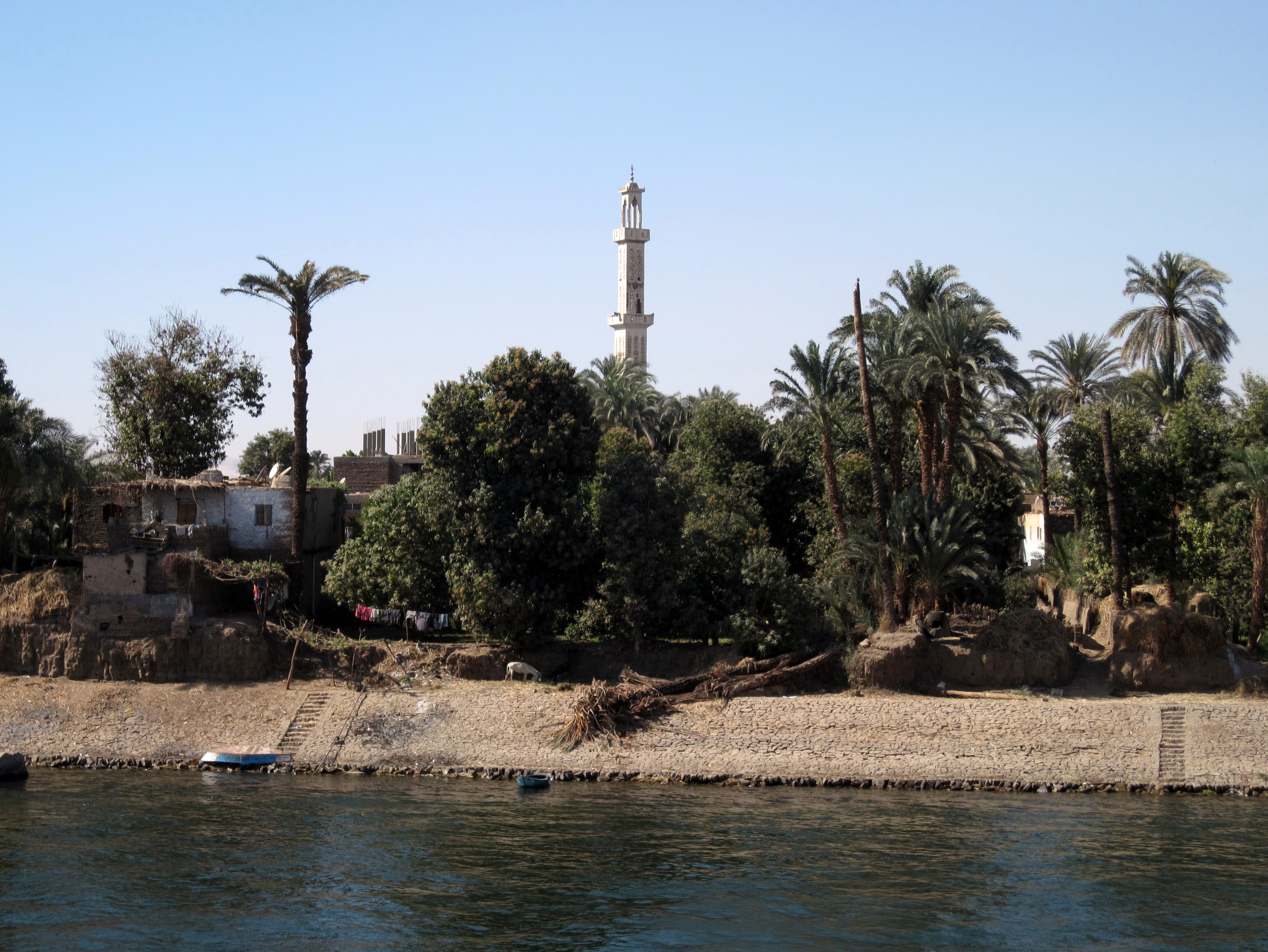
Armant, Egypt
Ancient town with temple ruins and burials.